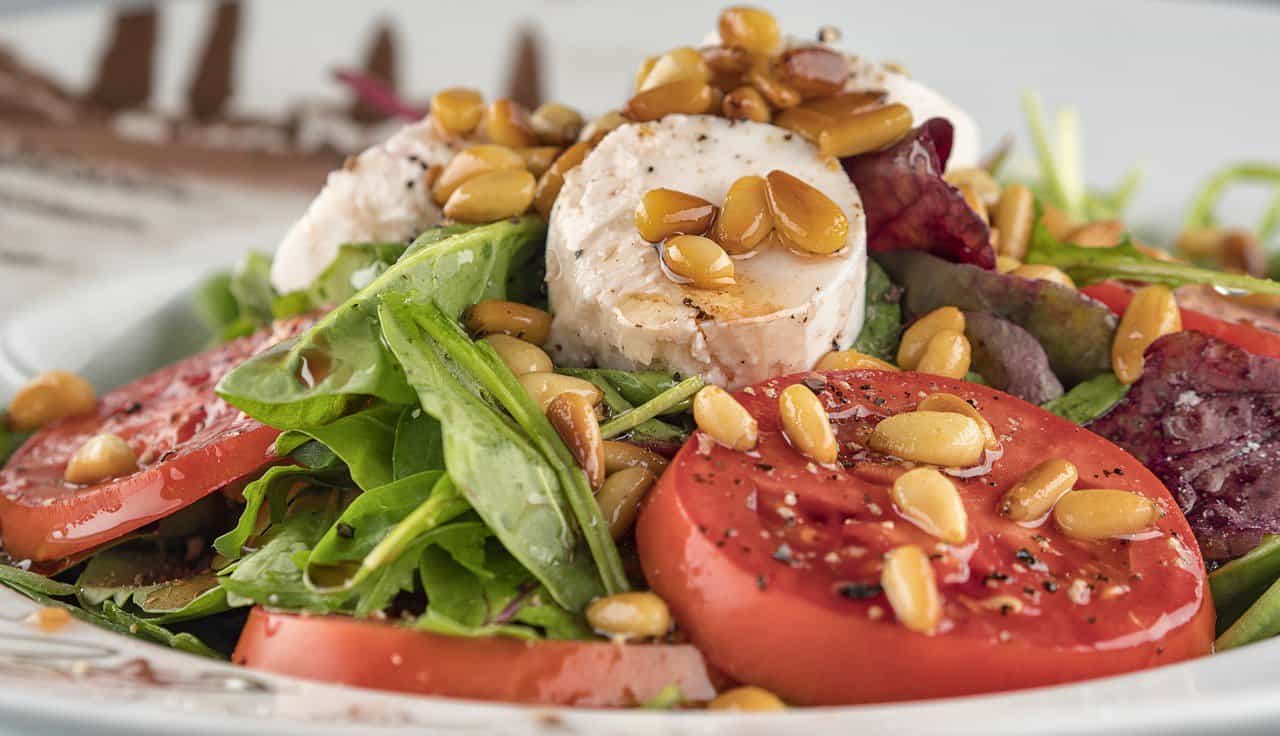Your cart is currently empty!
Medical Uses Of Pine Nuts
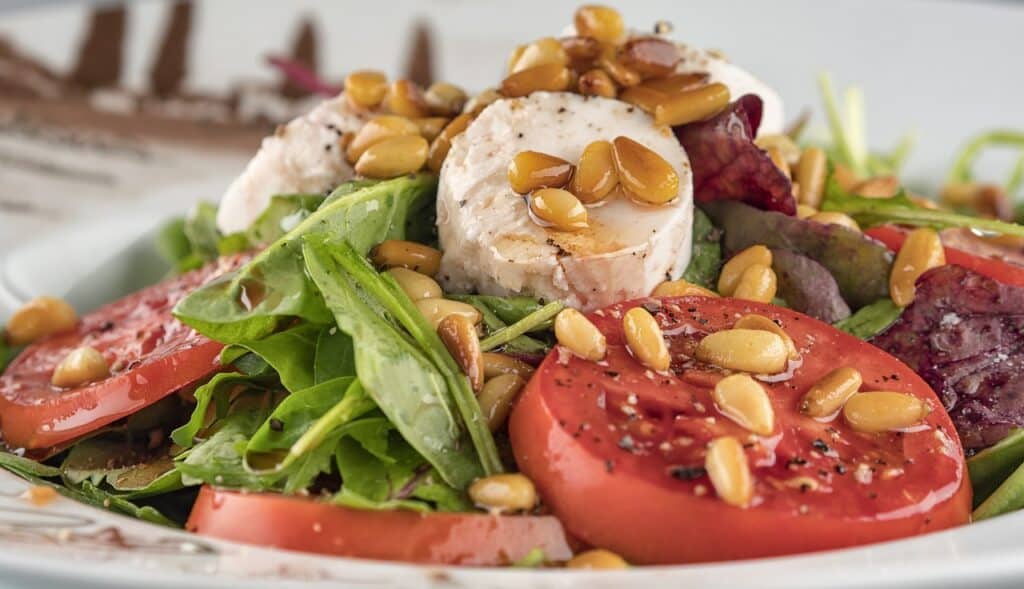 The pine family is one of North America’s most familiar groups of evergreen trees. It is known for furnishing most of our traditional Christmas trees. Giving us softwood timber that makes the foundation for many homes. It is an essential source of turpentine and rosin. Along with this, North Americans have seen many medical uses of pine nuts.
The pine family is one of North America’s most familiar groups of evergreen trees. It is known for furnishing most of our traditional Christmas trees. Giving us softwood timber that makes the foundation for many homes. It is an essential source of turpentine and rosin. Along with this, North Americans have seen many medical uses of pine nuts.
Less well-known is the fact that the genus Pinus also bears edible seeds, commonly referred to as nuts. Worldwide, approximately 100 different species of true pines are recognized. About a dozen varieties in the northern hemisphere produce nuts of sufficiently high quality and desirable flavor to make them worth gathering.
Different Names Used For Pine Nuts
“Pine nut” can denote any of these edible nuts. The most common designation for pine nuts in Europe is “pignolia,” a term that refers to pine nuts of the Italian stone pine grown for the most part in Spain, Portugal, Italy, and North Africa. Nuts of a different species called “piñon,” a name for the Spanish word for the pine nut, are produced in the western United States. These piñon nuts come mainly from the Colorado piñon tree, a two-needled pine that grows wild in the states of Utah, Colorado, Arizona, and New Mexico.
Pine nuts of lesser importance are harvested from other nut pines, including the single-leaf piñon, which occurs in mountainous regions of the West and Southwest, even down into some of the states of Northwest Mexico.
Well before the domestication of other food plants, the pine nut was a valuable source of food for many Native American tribes occupying the present southwestern United States. In 1540, for example, the chronicler for Francisco Vasquez de Coronado, the man who discovered the Grand Canyon, described how the Zuni Indians gathered and stored large quantities of these nuts. The piñon pine provided food and fuel for many Native Americans of the Southwest, including the Navajo, Pueblo, Zuni, Hopi, Shoshone, Goshiute, and Cahuilla.
Southwest Indian Remedy For Head Colds And Coughs
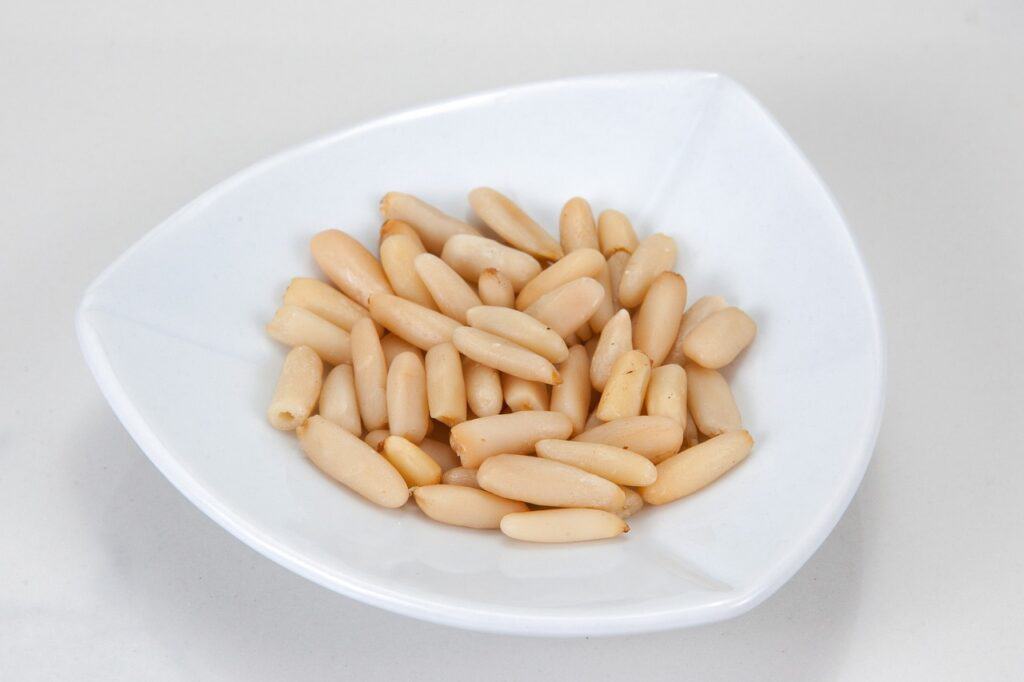
The Hopi Indian Reservation is located in the northeastern part of Arizona, about 185 miles north of Phoenix and about 230 miles west of Albuquerque. On a map, one can see that the Hopi Reservation is an area smaller than the state of Rhode Island. They are located amidst the far bigger and well-known New England-sized Navajo Reservation.
The women of the Hopi society would prepare for the tribe. A woman would take one cup of piñon nuts, shell them between her teeth, and then spit them back into another empty tin cup. After this, she spread them out onto the table between two pieces of waxed paper and rolled over them vigorously with a rolling pin. You can gather up the flattened nut meal and pour it into about a quart-sized jar filled three-fourths full with hot water.
Screw on a lid, shake the contents well, and let the mixture steep for an hour. Then, strain out one and a half cups of liquid at a time and reheat it a little over the fire. Then, it is given to family or tribe members to ease the effects of cold and flu. The claim is that after four cups, it will help to clean up head colds and coughs in one day.
Infant Colic And Diarrhea Cured With Havasupai Remedy
At the bottom of the Grand Canyon is where the Havasupai village lays. They are best known today for Havasupai Falls, a spectacular waterfall on their reservation. Tourism has become a significant economic support for the tribe of about 750. Real Estate development and the mining industry are depleting their water supply.
One Indian woman gives a simple remedy that she had often used for treating colic and diarrhea in both Indian and white infants. She would first shell and then grind ¼ cup of raw piñon nuts before combining them with 1/ cup water in a small saucepan. She covered this with a lid and boiled it for 7 minutes. Then she added one tablespoon of honey. This amount could be doubled if necessary.
When sufficiently cooled to lukewarm, it would be fed to the sick infant. This potion is called the ‘Havasupai Remedy’. Colic and diarrhea would completely disappear within less than an hour. Any amount the baby didn’t eat, she would add to regular pancake batter and cook pancakes for the rest of her family.
Uses Of Pine Nuts For Cholesterol
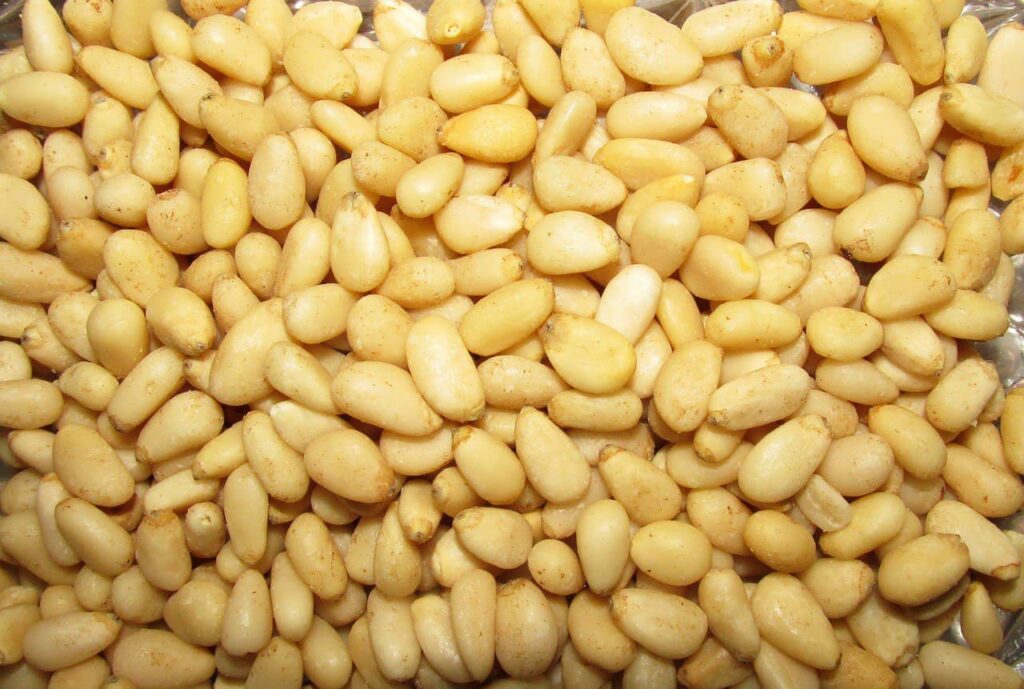
The composition and the nutrients present in it might change depending on the geographical location and climatic conditions. However, they do contain vitamins, minerals, and various other compounds which aid human health. An animal study showed that pine nuts might have the potential to lower lipid levels in the blood. It was also stated that pine nuts affect the metabolism of lipoprotein.
Vitamins For The Medical Uses Of Pine Nuts
Vitamins present in pine nuts are as follows:
- Vitamin A (retinol)
- Vitamin B1(thiamine)
- Vitamin B2 (riboflavin)
- Vitamin B3 (niacin)
- Vitamin B5 (pantothenic acid)
- Vitamin B6 (pyridoxine)
- Vitamin C (ascorbic acid)
- Vitamin E (alpha-tocopherol)
Pine nuts have the following properties:
- Pine nuts help lower lipid levels in the blood
- Pine nuts help reduce the risk of heart diseases
- They are an antioxidant
- Pine nuts help manage weight
- They lower blood pressure
- Pine nuts support liver function
- Pine nuts support kidney function
More Medical Uses Of Pine Nuts
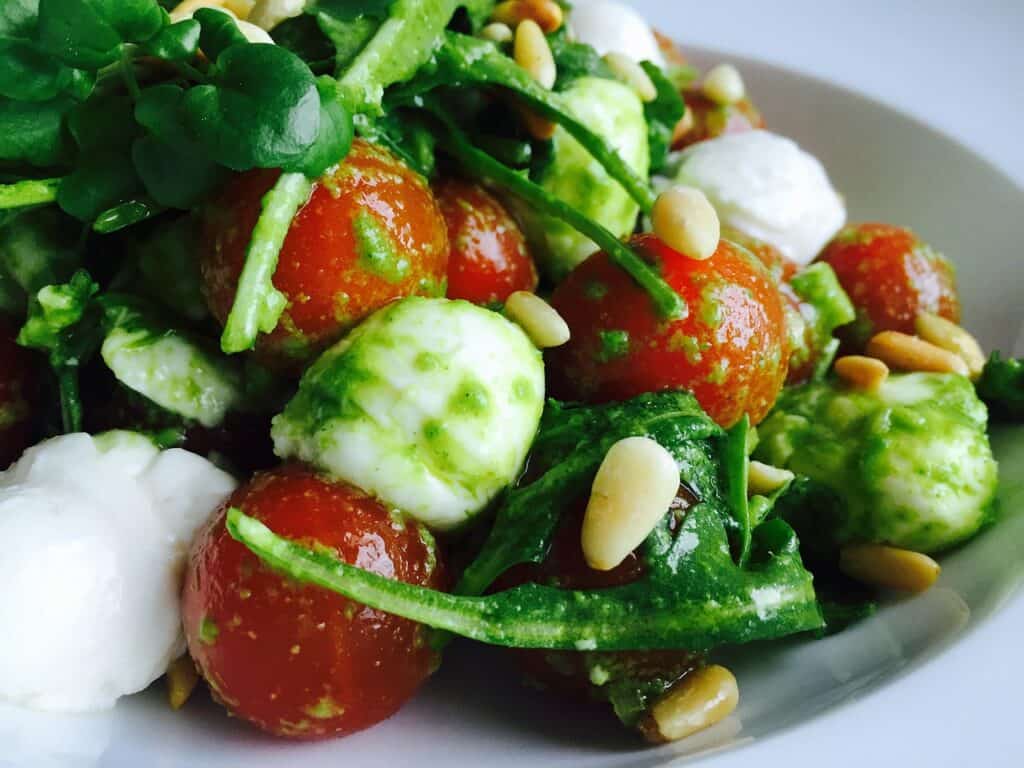
Scientists have found many further medical uses for pine nuts as well. They studied the nuts and came up with a total of four common conclusions. The four conclusions show a benefit in heart health, a benefit in blood sugar, a benefit in weight balancing, and an advantage in brain health.
Heart Health
Pine nuts can do a great job of reducing cholesterol in your blood. Pinolenic acid is the nutrient in pine nuts that does this. Pinolenic acid is a polyunsaturated fatty acid exclusively in pine nut oil. This acid helps lower LDL cholesterol levels in the blood, thus showing proven results for beneficial heart health.
LDL cholesterol is what can clog arteries and create heart and blood problems in the long term. Being able to drop your LDL cholesterol shows great health benefits across all walks of life in cardio as well as physical fitness.
Blood Sugar
Studies also show a benefit for pine nuts correlated with blood sugar as well. It can decrease fasting blood glucose levels, which helps diabetics as well as those with weight management needs. Diabetics in a study ate pine nuts every day for eight weeks and all resulted in an improvement of fasting blood glucose levels and insulin sensitivity.
Just an ounce of pine nuts also provides 109% of the average daily need for manganese. This is an essential nutrient in balancing insulin and blood resistance. Doctors have recommended manganese to diabetics to promote support with symptoms. The unsaturated fats in pine nuts have proven to be an ideal way to ingest manganese over other methods. Diabetics who eat lower in carbs and higher in unsaturated fats report several signs of health benefits and physical wellness.
Pine nuts also contain antioxidants, which help lower blood sugar as well. Antioxidants improve glucose control and support insulin resistance in patients. This is a great reason for anyone to include pine nuts in their daily diet. Less than an ounce of nuts per day can contribute to these numerous health benefits in blood sugar and support well-being.
Weight Management
Pine nuts contain all three benefits for a healthy body: protein, fiber, and healthy fats. Fitness specialists promote the nuts for their diverse nutrient profile and ease of access. Individuals who are trying to lose weight or gain muscle can benefit from eating pine nuts.
The nutrient profile of pine nuts allows those who are concerned with weight loss to get a high amount of nutrients in a low volume, contributing to the ease of dieting. Pine nuts also help those looking to gain weight and add muscle. You can blend pine nuts into smoothies or mash them into a sauce to add dense calories and protein in bulk. Both of these avenues are suitable for whatever your goals may be.
People who eat pine nuts as a snack have reported a reduction in hunger and a higher feeling of overall energy.
Brain Health
Pine nuts contain omega-3s, which are proven to be great for boosting brain health. Omega-3s preserve brain health by decreasing mental decline and reducing the probability of dementia or depressive symptoms.
Pine nuts are a rich source of omega-3s, containing 28 grams per ounce of the nuts itself. A healthy ratio of omega-3 to other fatty acids like omega-6 is usually 1:4. This can decrease inflammation in the body as well, which promotes overall healing. Pine nuts are an easy source to balance the fats and include them in your day-to-day diet.
A simple way you can include pine nuts is by adding them to a salad or on top of your dinner. Pine nuts are a great complement to many kinds of fish, beans, pasta, and other dishes that anyone can eat as part of a consistently healthy diet.
Blog Assisted By rzwilliams.com

